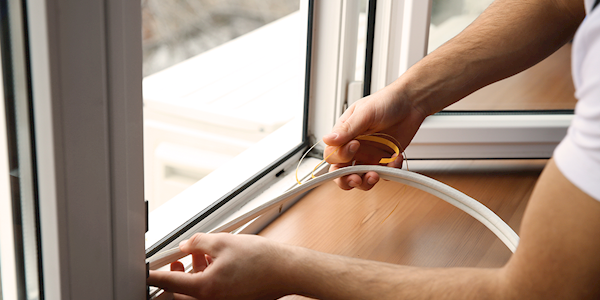
The presence of damp and mould in properties is a familiar problem for both tenants and landlords alike, but the inquest into the tragic death of two-year old Awaab Ishak has brought into sharp focus how social landlords should tackle damp and mould in their customers’ homes1.
Data
Immediately following the coroner’s report in November 2022, the Regulator of Social Housing (RSH) set about collating evidence from the sector about the extent of damp and mould in tenants’ homes, including details on landlords’ approaches to tackling it. What is clear from those initial findings is that most social landlords understand the extent of damp and mould in their tenants’ homes and take action to tackle it, which is reassuring. However, it also found they could strengthen their approach further2.
However, in a more recent update, the RSH estimated between 3-4% (120,000 to 160,000) of the four million social homes in England have notable amounts of damp and mould, or category three hazards. Between 1-2% (40,000 to 80,000) properties have serious category two damp and mould hazards, as assessed by the Housing Health and Safety Rating System. Around 8,000 homes have the most serious category one hazards, which implies a serious and immediate threat to health3.
The Housing Ombudsman has also reported nearly 4,000 complaints on damp and mould so far in 2022-23, with two months of the financial year remaining. Reports are already exceeding last year’s figure of around 3,500, which itself was a 77% rise on the number of complaints received in 2020-214.
Most social landlords are also reporting rising claims numbers connected with housing disrepair, which are often routinely connected with damp and mould.
What has been identified as lacking?
Important areas for improvement in the sector were identified as:
- Better knowledge of the condition of housing stock
- Improved frequency of pro-active surveying
- Better understanding the individual tenant/household needs
- Improved strategic focus and knowledge around damp and mould as a specific concern.
The Housing Ombudsman, which published a spotlight report on damp and mould in 2021 because of volumes of complaints it handled connected with this problem, has also published a follow up report expressing disappointment that as little of 35% of social landlords have introduced a specific damp and mould policy following recent events4.
Priority areas for action
This is an area of key focus in the social housing sector and is being given the highest priority. Some of the important considerations for mitigating risks associated with damp and mould include:
- Introducing a specific ‘Damp and Mould Policy’ or reviewing any existing policy
- Carrying out targeted and pro-active stock condition surveys
- Adapting approach to capturing reports of damp and mould
- Improving responsiveness to reports of damp and mould
- Prioritising responses according to knowledge of relevant circumstances of tenants and household
- Improving data capture around damp and mould
- Identifying any immediate risks posed when devising works programmes and considering decanting customer where appropriate
- Adopting a robust approach to accessing properties to carry out damp and mould related repairs.
Whilst this isn’t an insurable risk, we recognise the strain that this can put on Housing Associations from a financial and reputation perspective. For more information, please contact your Gallagher representative or get in touch.

